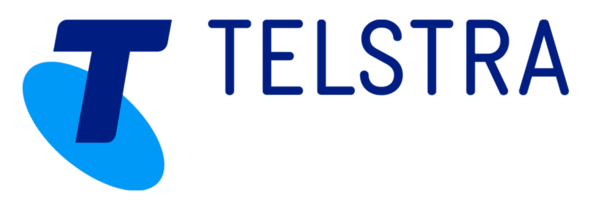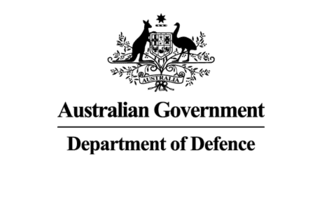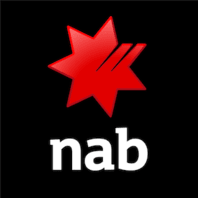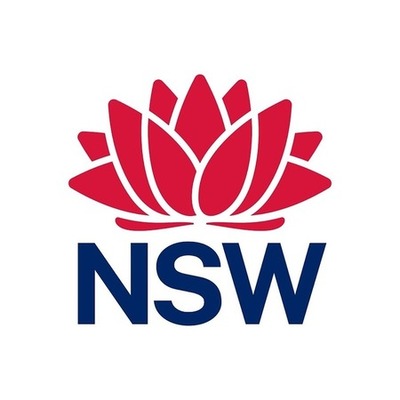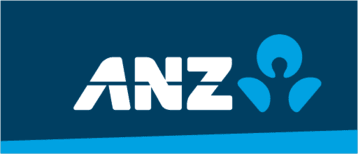

course overview
Overview
Many millions of people use the World Wide Web on a daily basis, but without the Internet, there would be no WWW and without networking technologies, there would be no Internet. This one-day course is designed as a primer for anyone wishing to understand about networking and the Internet.
Skills Gained
At the end of this course you will be able to:
Prerequisites
There are no prerequisites for this course.
Outline
The course is split into a number of key sections, each one focusing on a topic relating to networking and the Internet.
Part 1 - Background on the Internet
The first section examines the development of Networking and the Internet and some of the key people involved. This section also looks at the organisational bodies responsible for the running of the Internet.
Part 2 - Network Communications: The Basics
The second section concentrates on the basics of network communications with a brief overview of the 7-layer OSI networking model before examining how devices communicate.
Technologies discussed here include Ethernet, NICs, MAC addresses, IP addresses (both IPv4 & IPv6), NAT, DNS, Hubs, Switches and Routers. Delegates will get hands-on experience of networking by using command-line utilities such as IPCONFIG, TRACERT, NSLOOKUP and NETSTAT along with other tools such as WHOIS.
Part 3 - Introduction to networking protocols
The third section is dedicated to higher-level networking protocols such as SMTP, POP3, IMAP, FTP, HTTP and VoIP.
Part 4 - How the internet is connected
The fourth section examines how the Internet is connected - it's topology - and includes the differences between IP Transit and Peering and looks at the tiered structure of Network providers, Autonomous Systems, and Internet Exchanges.
Delegates will get a chance to examine some network data via the peeringdb.com website
If you need training for 3 or more people, you should ask us about onsite training. Putting aside the obvious location benefit, content can be customised to better meet your business objectives and more can be covered than in a public classroom. Its a cost effective option. One on one training can be delivered too, at reasonable rates.
Submit an enquiry from any page on this site, and let us know you are interested in the requirements box, or simply mention it when we contact you.
All $ prices are in USD unless it’s a NZ or AU date
SPVC = Self Paced Virtual Class
LVC = Live Virtual Class
Our clients have included prestigious national organisations such as Oxford University Press, multi-national private corporations such as JP Morgan and HSBC, as well as public sector institutions such as the Department of Defence and the Department of Health.

